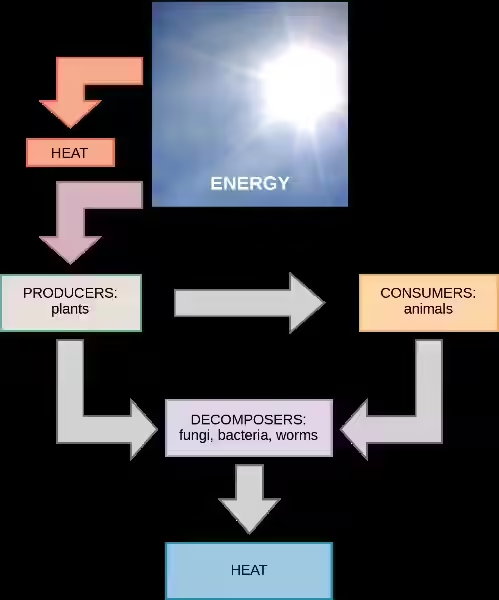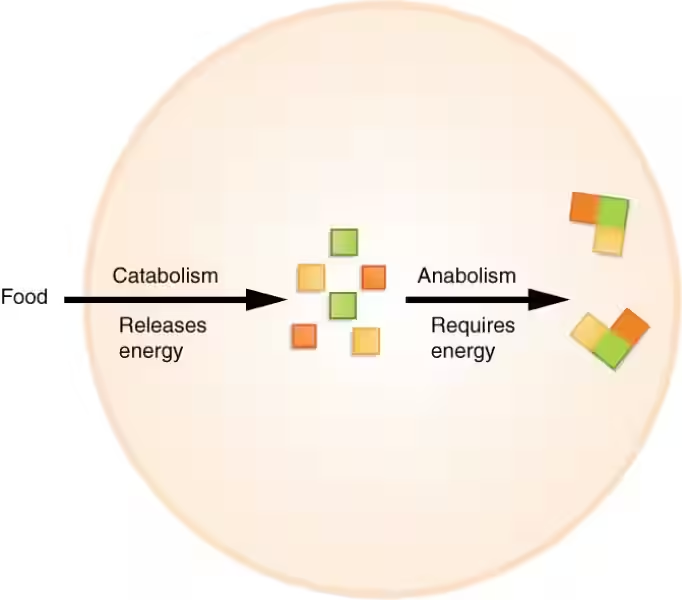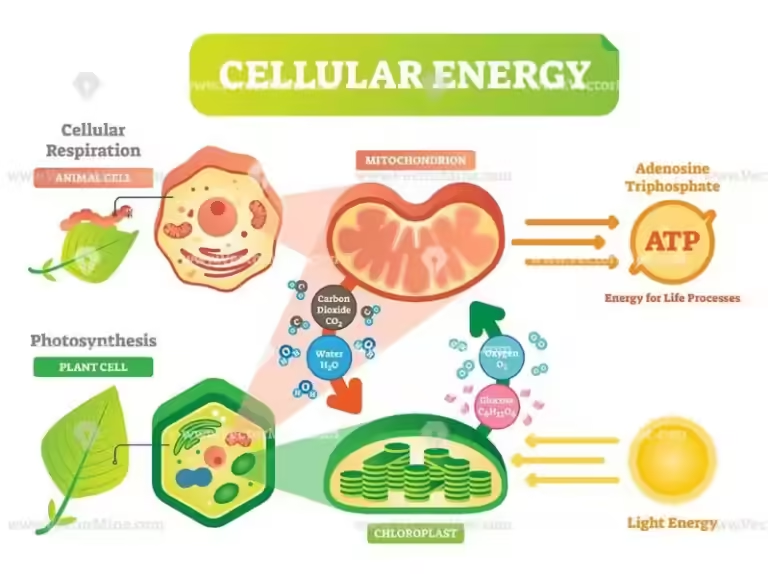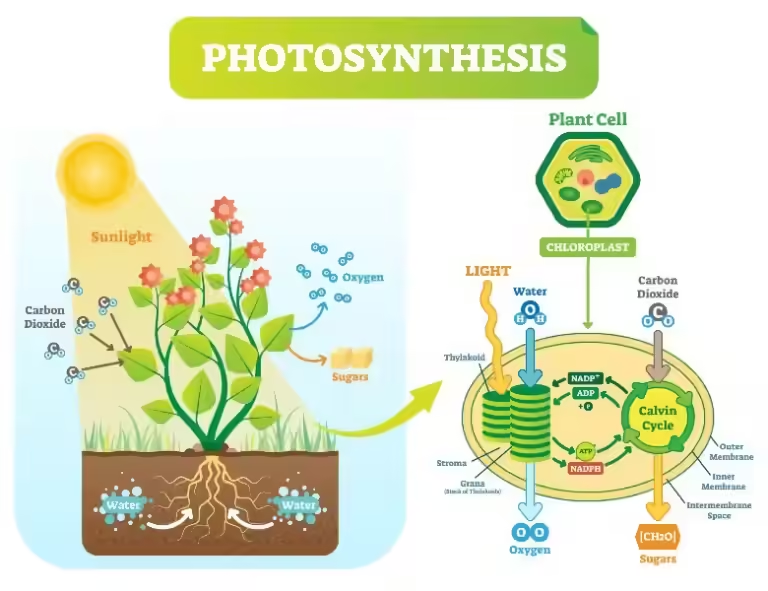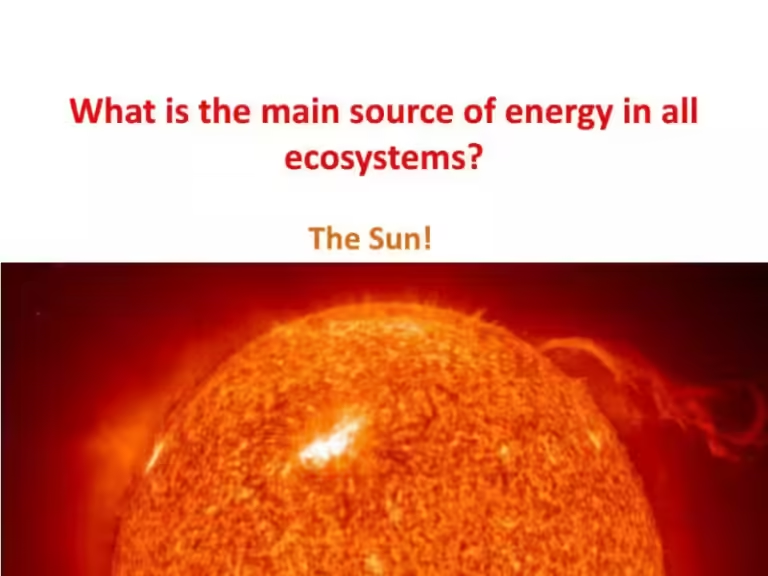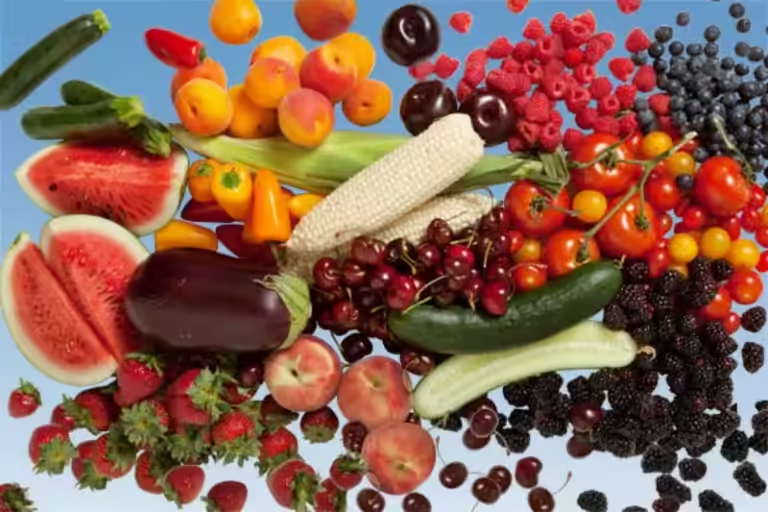The Major Source of Energy for Animals: A Journey into the World of Carbohydrates
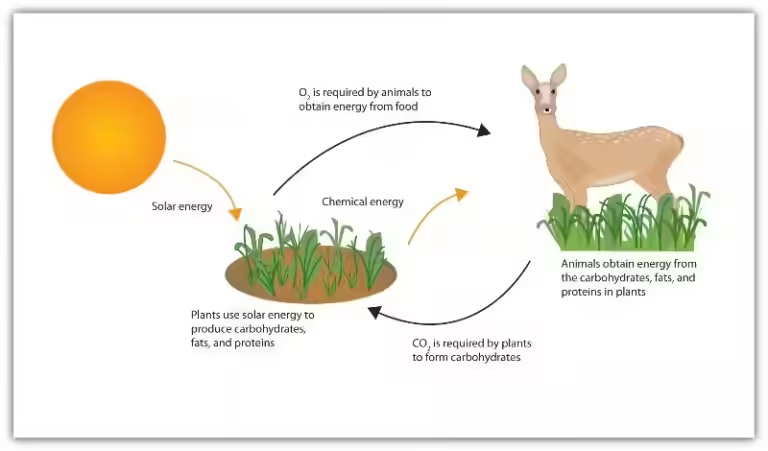
Imagine a world without movement, without the ability to grow, or even think. For animals, this is the reality without a constant supply of energy. This energy, the fuel that powers all life processes, comes primarily from a specific type of nutrient: carbohydrates.
Carbohydrates, with their complex chemical structure of Cn(H2O)n, are the cornerstone of animal energy production. These molecules, found in a wide variety of foods, are broken down into simpler units, primarily glucose, during digestion. This glucose then embarks on a remarkable journey through the body's metabolic machinery.
Cellular Respiration: The Powerhouse of Life
The breakdown of glucose occurs in a process called cellular respiration. This complex series of biochemical reactions takes place within the mitochondria, often referred to as the "powerhouses" of cells. Cellular respiration, in the presence of oxygen, converts glucose into ATP (adenosine triphosphate), the fundamental energy currency of cells.
Think of ATP as the tiny batteries that power every cellular function. From the contraction of muscles that allow us to move to the transmission of nerve impulses that control our thoughts and actions, ATP fuels it all. Without ATP, life as we know it would cease to exist.
The Importance of Oxygen
Oxygen plays a crucial role in the efficient breakdown of glucose through cellular respiration. This process, known as aerobic respiration, generates a significantly higher amount of ATP than anaerobic respiration, which occurs in the absence of oxygen.
Imagine a car. With a full tank of gasoline (glucose) and ample oxygen, the engine (cellular respiration) runs smoothly and efficiently, producing a lot of power (ATP). However, if the oxygen supply is limited (like running out of air), the engine sputters and produces much less power. This is analogous to anaerobic respiration, which generates a much smaller amount of ATP.
Beyond Carbohydrates: Other Energy Sources
While carbohydrates are the primary fuel source for animals, other nutrients, such as fats and proteins, can also contribute to energy production. Fats, for instance, are much more energy-dense than carbohydrates, meaning they provide a greater amount of energy per unit mass.
Proteins, however, are primarily used for building and repairing tissues, though they can also be broken down for energy in times of need. This process is typically less efficient than the breakdown of carbohydrates or fats.
The Energy Cycle: A Continuous Flow
The energy cycle in animals is a continuous process. Animals consume food, break down carbohydrates to produce ATP, use ATP to power cellular processes, and then repeat the cycle. This constant flow of energy is essential for maintaining life and allows animals to perform various activities, from simple tasks like breathing to complex actions like learning and growing.
Understanding the major source of energy for animals is crucial for comprehending the intricate workings of life. By harnessing the power of carbohydrates through cellular respiration, animals thrive, move, think, and ultimately, survive.
Frequently Asked Questions about Animal Energy Sources
What is the major source of energy for animals?
Carbohydrates are the primary energy source for animals.
How do animals get energy from carbohydrates?
Animals digest carbohydrates into simpler molecules, particularly glucose. This glucose is then broken down through cellular respiration, releasing energy in the form of ATP.
What is ATP?
ATP (adenosine triphosphate) is the primary energy currency of cells.
Why is oxygen important for energy production from carbohydrates?
Oxygen is crucial for maximizing energy production from carbohydrates. The breakdown of glucose in the presence of oxygen provides a substantial amount of ATP.
What happens when there is limited oxygen?
In the absence of oxygen, animals use anaerobic respiration, which is less efficient and produces less ATP.

